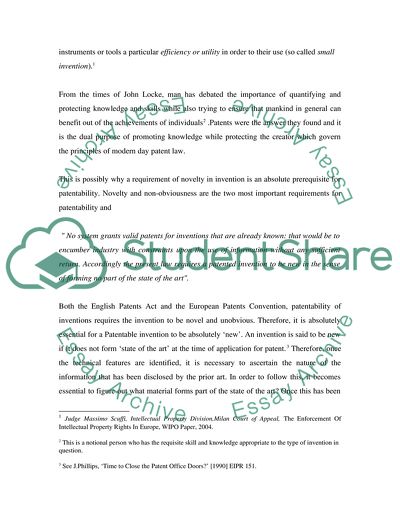Cite this document
(Intellectual Property Law Essay Example | Topics and Well Written Essays - 4000 words, n.d.)
Intellectual Property Law Essay Example | Topics and Well Written Essays - 4000 words. Retrieved from https://studentshare.org/law/1705812-intellectual-property-law-essat
Intellectual Property Law Essay Example | Topics and Well Written Essays - 4000 words. Retrieved from https://studentshare.org/law/1705812-intellectual-property-law-essat
(Intellectual Property Law Essay Example | Topics and Well Written Essays - 4000 Words)
Intellectual Property Law Essay Example | Topics and Well Written Essays - 4000 Words. https://studentshare.org/law/1705812-intellectual-property-law-essat.
Intellectual Property Law Essay Example | Topics and Well Written Essays - 4000 Words. https://studentshare.org/law/1705812-intellectual-property-law-essat.
“Intellectual Property Law Essay Example | Topics and Well Written Essays - 4000 Words”, n.d. https://studentshare.org/law/1705812-intellectual-property-law-essat.


